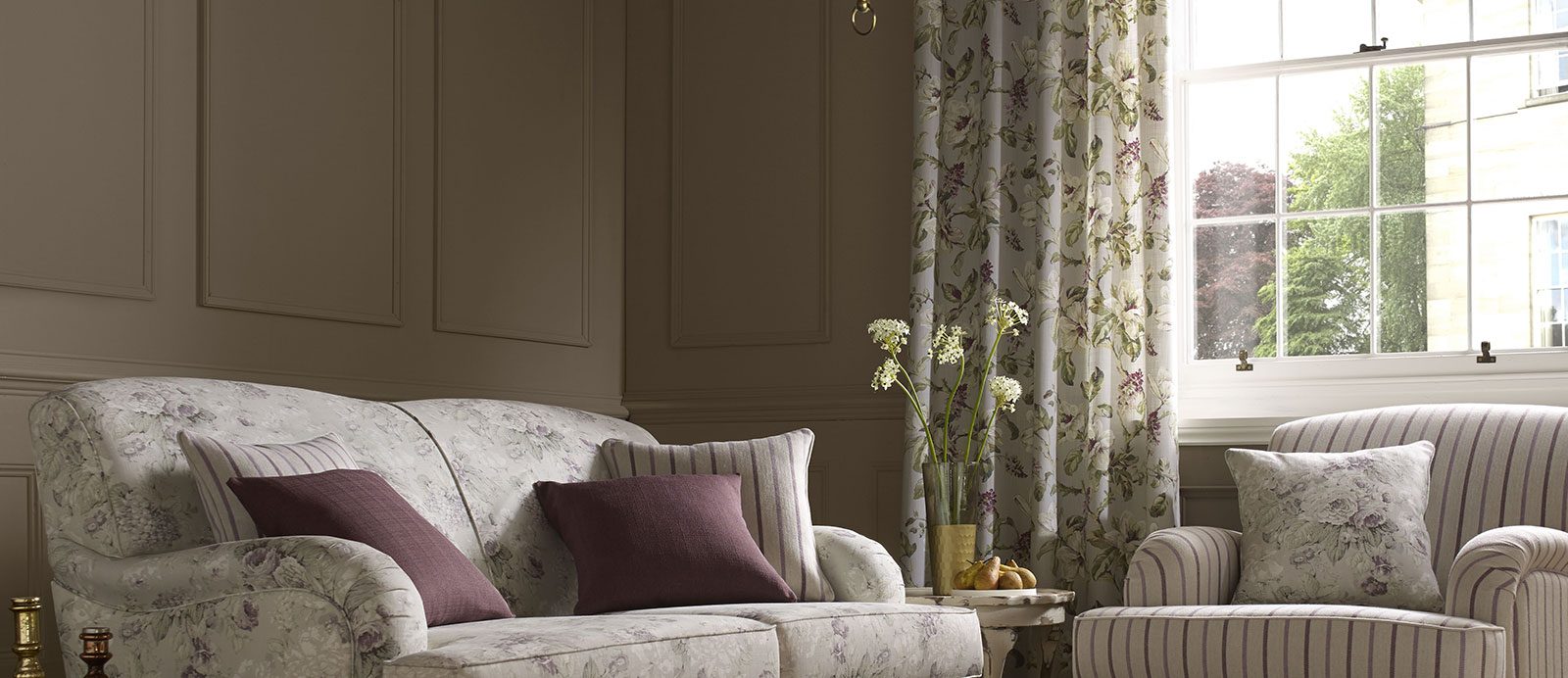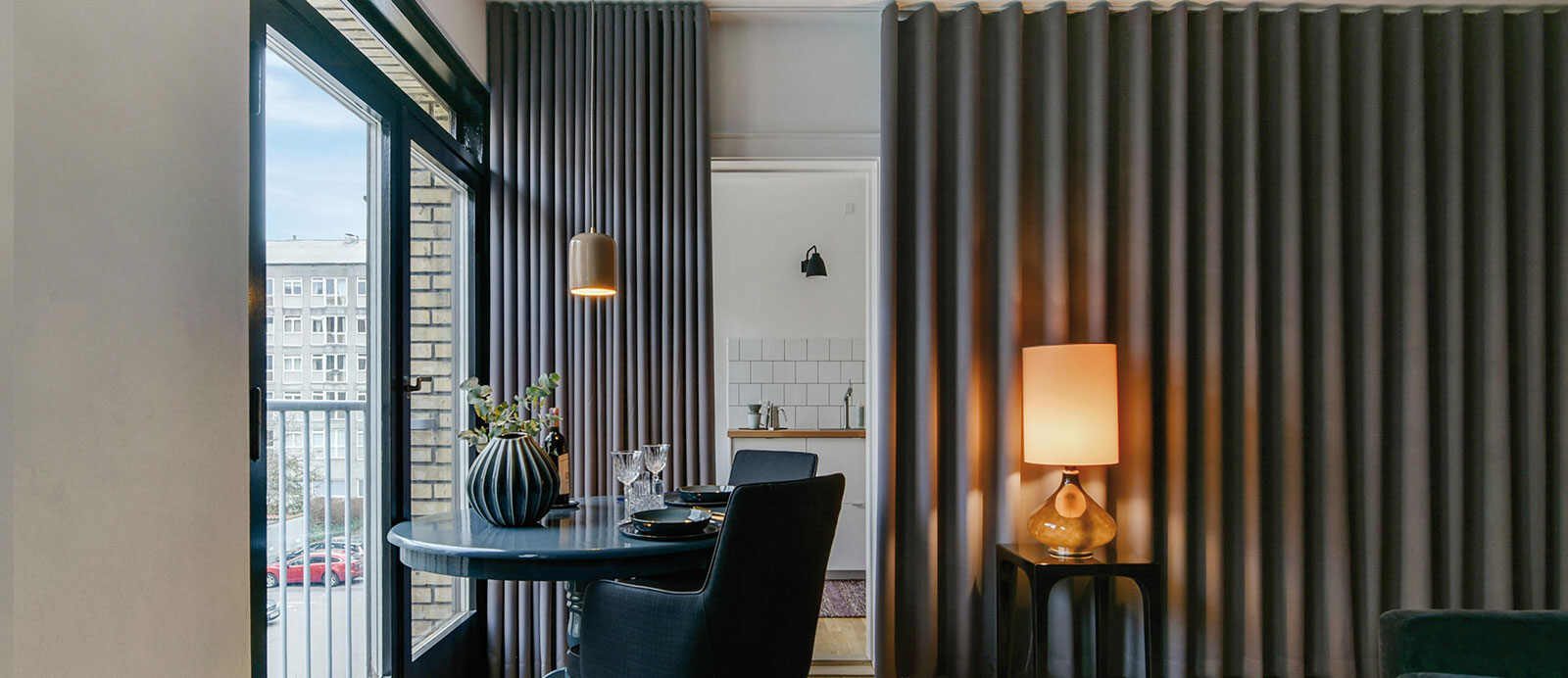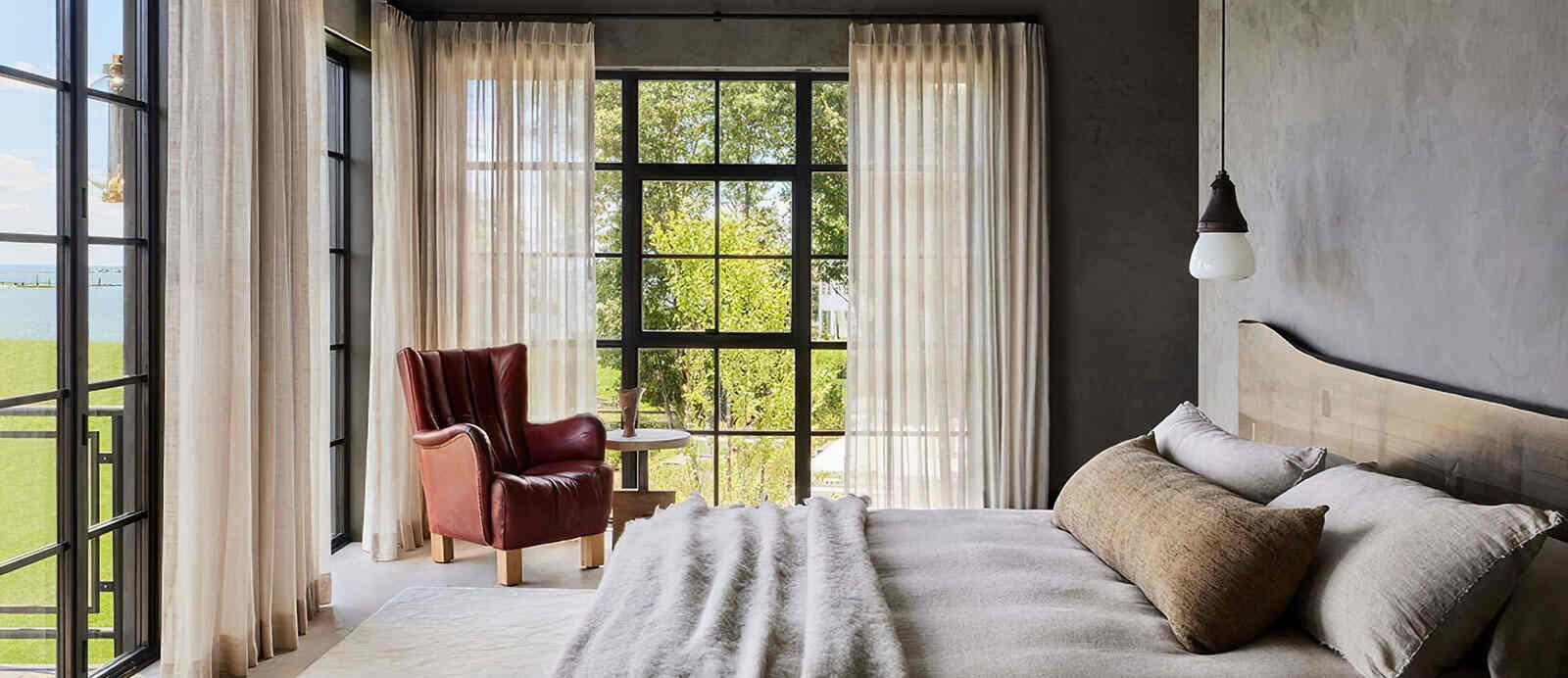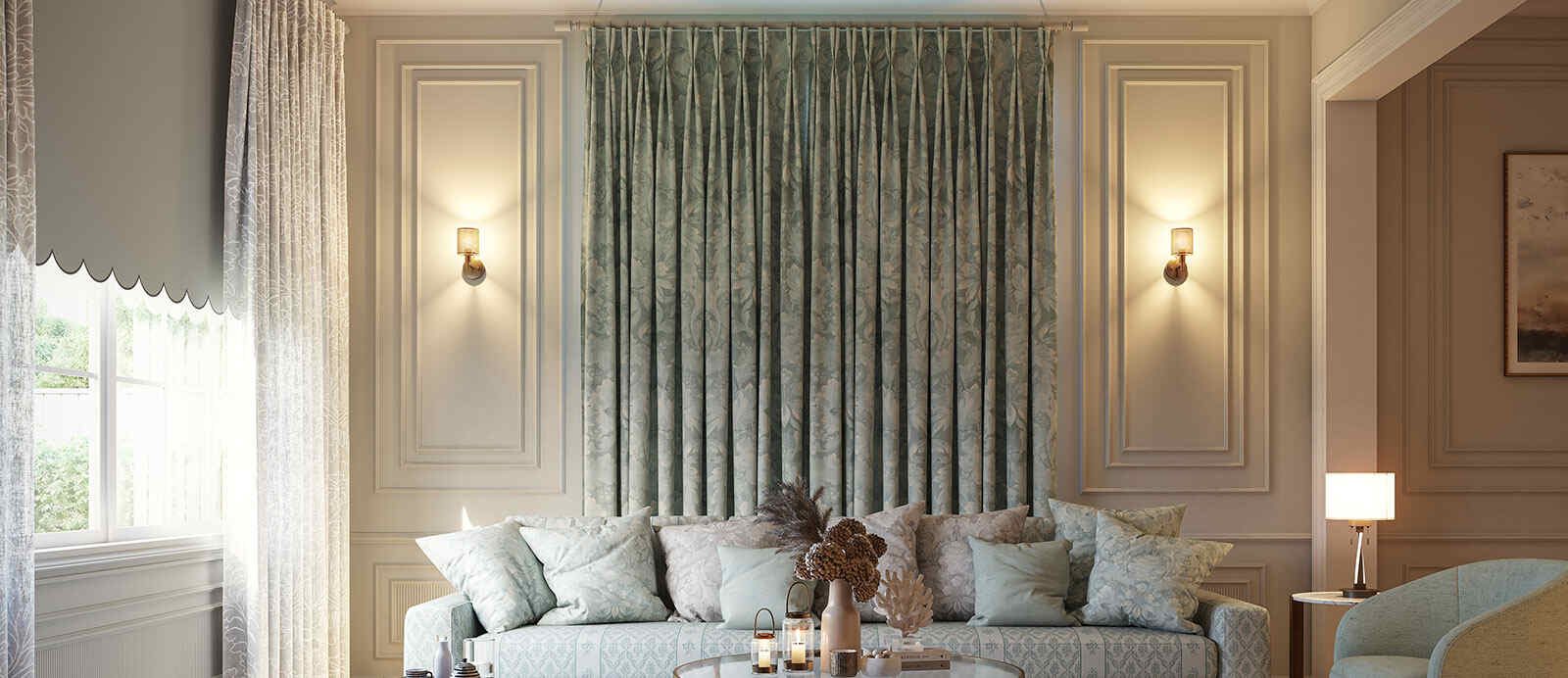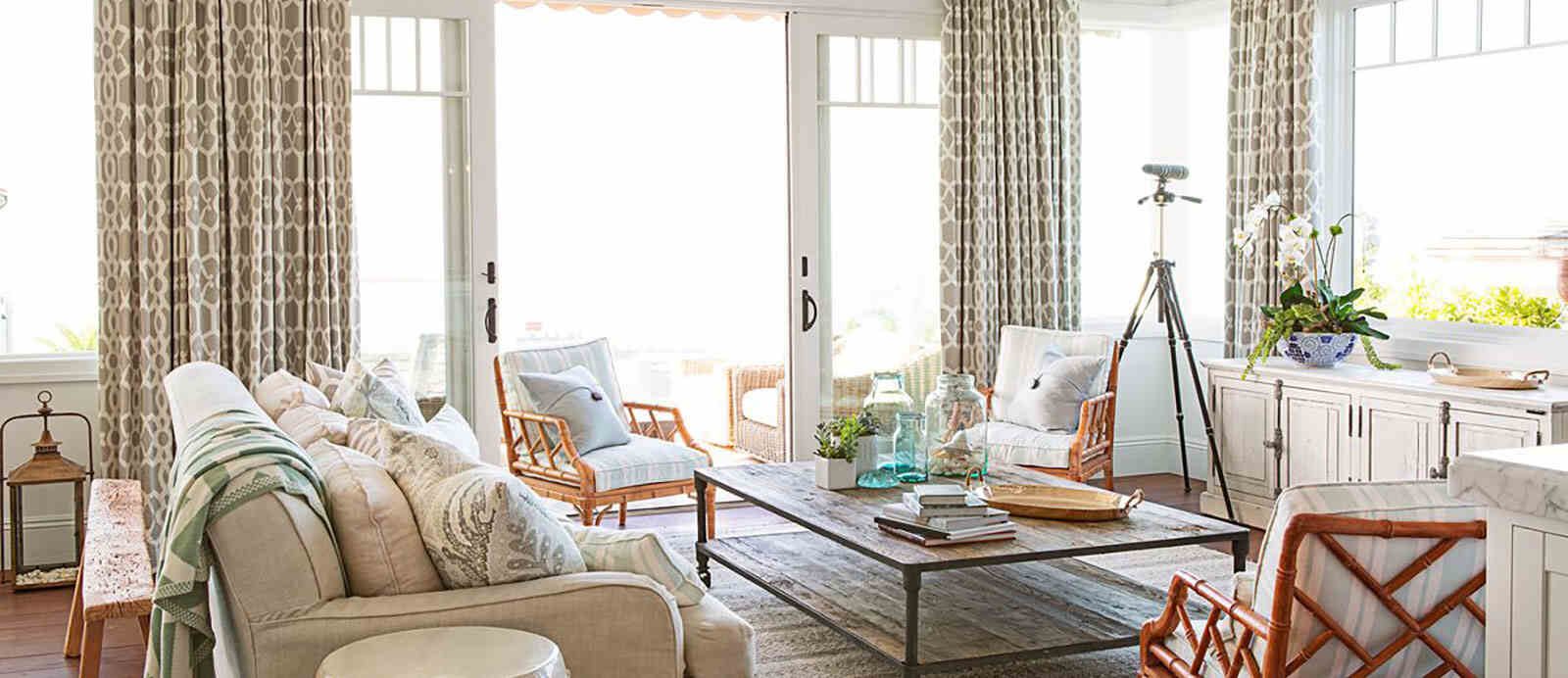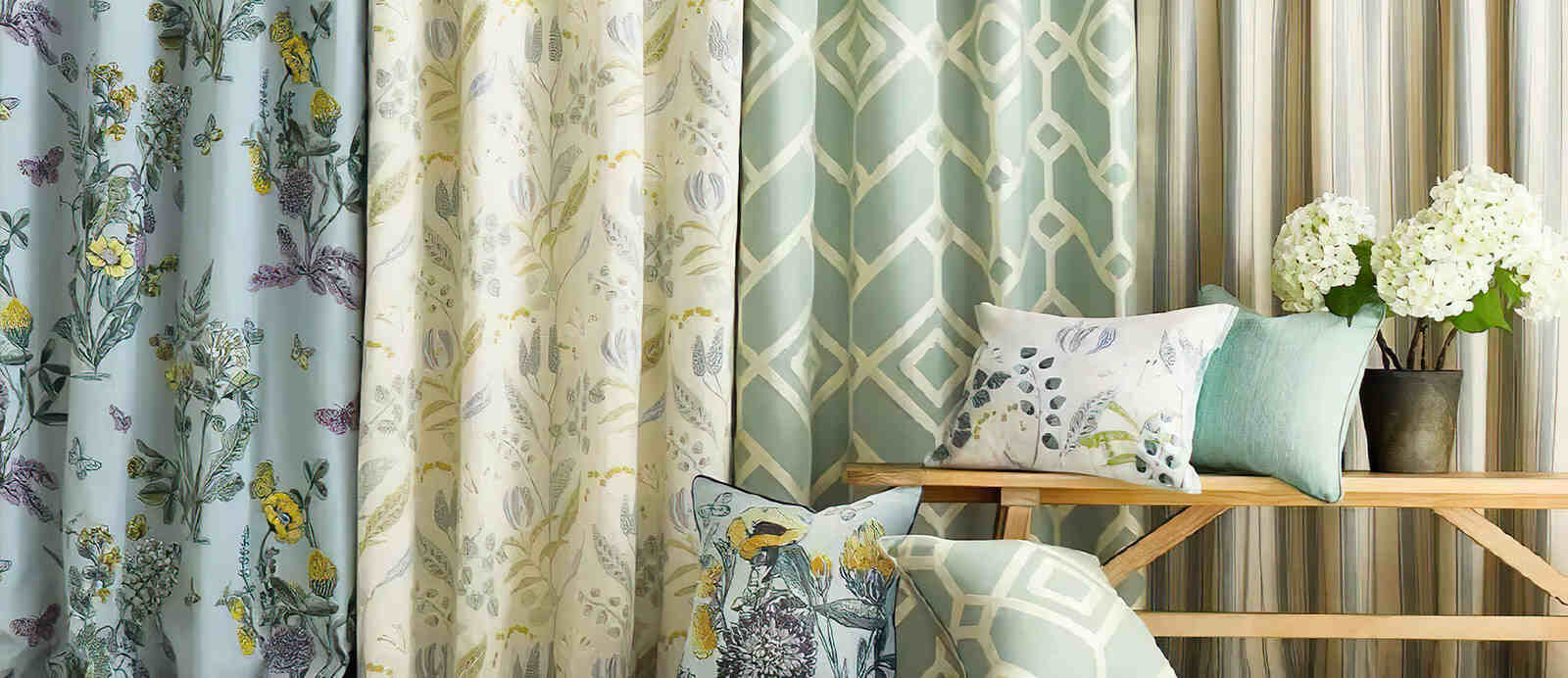When picking window furnishings for your home such as drapery or curtain options, it’s important to understand the differences and benefits of each. Choosing between drapes and curtains affects not just the look, but also how well they control light, maintain privacy, save energy, and set the mood of your space.
Each type of window covering has its own unique features, including the materials used, the styles available, how they are installed, and how they are maintained. This guide explores the specific characteristics of both drapes and curtains in detail, giving you the information you need to decide which is best for your lifestyle and home decor.
By comparing these two popular options, we aim to provide you with the knowledge to make a well-informed and confident choice that improves both the functionality and style of your home.
Curtains
Best for
All rooms
Common materials
Variety of fabrics
Light blocking
Sheer to blackout
Curtains are fabric panels typically sold in pairs and are known for their versatility across various home settings. Available in multiple widths, lengths, and materials, curtains serve not only as a functional piece for privacy and light control, but also as a decorative element that adds softness, colour, and texture to a room.
Installation Styles
Curtains are mounted on a rod, which can be either visible or hidden by the curtain itself, depending on the style. Options for hanging curtains include:
Back tab curtains, which have loops sewn into the back for a seamless look that hides the rod.
Pinch pleat curtains, which gather fabric at the top to create a tailored look and are hung by pin hooks hidden behind the pleat for a classic appearance.
Clip rings, which attach to the fabric with clips and slide over the rod, allowing for easy movement and a casual aesthetic.
Light Control
The range of options extends from sheer curtains, which allow considerable light to filter through while providing limited privacy, to blackout curtains designed to eliminate almost all light. Sheer curtains are ideal for living rooms and kitchens where natural light is beneficial, whereas blackout curtains are perfect for bedrooms and media rooms that require darkness.
Drapes
Best for
Bedrooms
Common materials
Heavier fabrics like velvet, damask, or silk
Light blocking
Moderate to blackout
Drapes differ from curtains in their material and construction. Typically lined and made from heavier fabrics, drapes are better suited for formal settings and bedrooms due to their superior light-blocking capabilities.
Design and Functionality
Drapes usually feature a pleated top, adding to their formal appearance and are often custom-fitted to specific windows, enhancing both their aesthetics and functionality. They are sold in pairs like curtains and hang from rods using rings, hooks, or a fabric sleeve.
Colour and Pattern Options
While drapes are available in various colours, they are less likely to feature bold patterns, tending instead towards solid colours or subtle textures, which enhances their elegance and makes them timeless components of interior decor.
Choosing Between Curtains and Drapes
When deciding between drapery and curtain options for your space, consider the following:
Functionality:
Drapes are preferable for rooms that require significant light blockage and thermal insulation. Curtains offer more flexibility and are suitable for any room.
Aesthetics:
Consider the style of the room; drapes generally lend a more formal and elegant touch, while curtains can be casual or dressy depending on the fabric and style.
Final Tips
Light Filtration
Think about how much light you want in your room. This will guide whether sheer curtains or blackout drapes are more appropriate.
Features
Evaluate features such as ease of use, washability, and whether they need to be custom-made.
Cost
Prices vary widely based on the material and style. Be sure to budget accordingly, keeping in mind that custom drapery can be more expensive.
Style Matching
Finally, ensure that whatever option you choose complements the overall decor of your home and meets your functional needs.
Evaluate Additional Features:
Some window furnishings come with features like UV protection, moisture resistance, or antimicrobial properties, which can be particularly useful in certain environments. This includes drapery and curtain options.
Budget Considerations:
Always consider your budget. While custom drapes can be a significant investment, there are many curtains that offer style and functionality at a more accessible price point.
Aesthetic Harmony:
Finally, consider the overall decor of your home. Your window furnishings should complement both the style and colour scheme of the room.
In conclusion, both curtains and drapes have unique advantages.
Curtains bring a light, friendly feel to any room. They’re perfect for creating a relaxed atmosphere.
Drapes, made of heavier materials, are great for privacy and keeping rooms warm. They also help to block out noise.
By considering these benefits, you can pick an option that suits your needs and enhances your space’s look. This choice will ensure your room is both functional and stylish.





